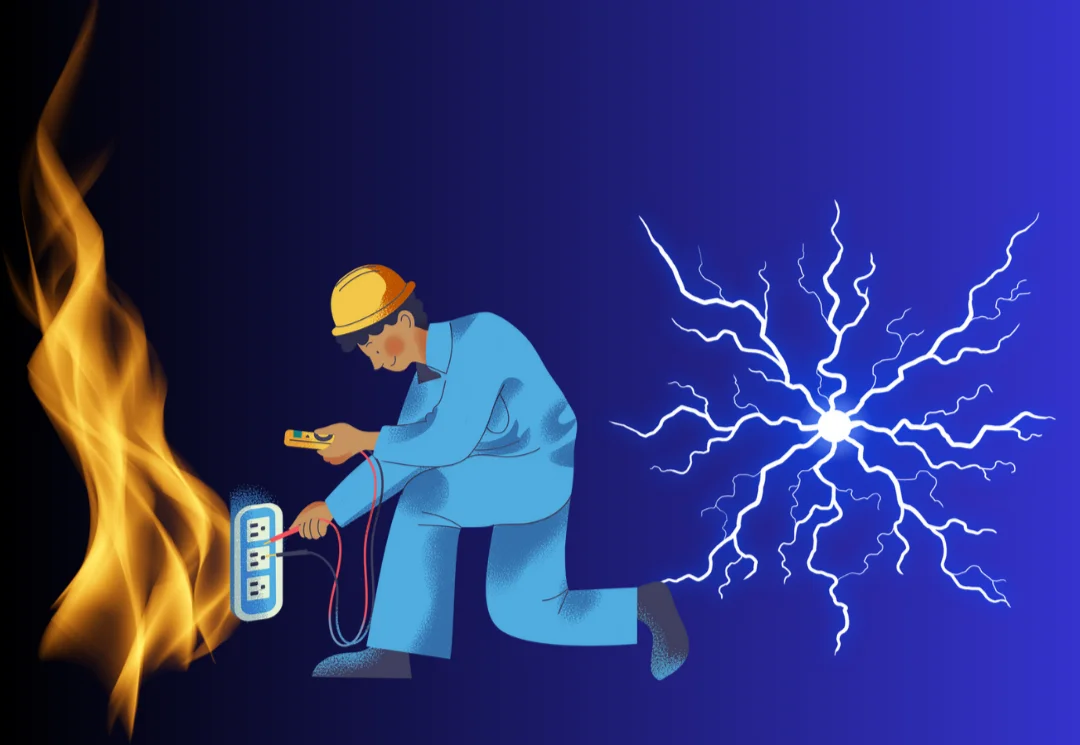Cutting-edge Tech to Reclaim Wasted Heat Energy in the U.S. Annually
Scientists at the National Institute of Standards and Technology (NIST) made a new gadget that might greatly increase turning heat into electricity. If it works well, this tech could help save a lot of the heat energy we currently waste in the U.S., which costs about $100 billion every year.
NIST scientist Kris Bertness and her team came up with a new way of making things. They put lots of tiny pillars made of gallium nitride on a silicon wafer. Then, they took away some layers of silicon from the bottom of the wafer, leaving behind a thin sheet of material. The pillars and the silicon sheet work together to slow down how heat moves in the silicon. This helps more of the heat turn into electric power. Bertness and her colleagues at the University of Colorado Boulder shared these discoveries in a scientific journal called Advanced Materials.
Once they get really good at making things this way, they could take these thin sheets of silicon and wrap them around pipes that have hot steam or exhaust. This would turn the heat into electricity that could be used to power things nearby or sent into a power grid. Another idea is using these sheets to help cool computer chips.
The NIST-University of Colorado study is based on something interesting first found out by a German physicist named Thomas Seebeck back in the early 1820s. Seebeck was looking at two metal wires, each made of a different stuff, joined at both ends to make a loop. He saw that when the two spots where the wires connected were kept at different temperatures, a nearby compass needle moved. Other scientists figured out that this happened because the difference in temperature made a kind of electricity between those two spots. This caused a flow of electricity from the hotter spot to the colder one. This electricity created a magnetic field that moved the compass needle.
The Seebeck effect, in theory, could be a great method to reuse heat energy that would otherwise go to waste. However, there’s been a big problem. A material needs to be bad at conducting heat to keep a temperature difference between two spots, but at the same time, it has to be really good at conducting electricity to turn that heat into a lot of electrical power. But for most things, how well they conduct heat and electricity are connected. If something is bad at conducting heat, it’s usually also bad at conducting electricity, and the other way around.
Read Also : Electronic Waste Sources
When Mahmoud Hussein, a theorist at the University of Colorado, studied how to turn heat into electricity, he discovered something interesting. He found that in a thin membrane covered with tiny standing columns of material (called nanopillars), which are incredibly small (about one-tenth the thickness of a human hair), the ability to conduct heat and electricity can be separated. This breakthrough led to the collaboration with Bertness.
By using these nanopillars, Bertness, Hussein, and their team managed to separate how well the silicon sheet conducts heat from how well it conducts electricity. This hadn’t been done before with any material and is a significant step toward efficiently converting heat into electrical energy.
The researchers were able to decrease the heat conductivity of the silicon sheet by 21 percent without affecting its electrical conductivity or the Seebeck effect.
In materials like silicon, the atoms are locked in place by bonds and can’t move freely to carry heat. Instead, heat energy moves through as phonons, which are like collective vibrations of the atoms. Both the gallium nitride nanopillars and the silicon sheet carry these phonons. However, the ones in the nanopillars are like standing waves, held in place by the walls of the tiny columns, similar to how a vibrating guitar string is anchored at both ends.
The interaction between the phonons in the silicon sheet and the vibrations in the nanopillars slows down the traveling phonons. This makes it more difficult for heat to pass through the material. As a result, the material becomes less effective at conducting heat, leading to a greater temperature difference from one end to the other. Importantly, this interaction doesn’t affect how well the silicon sheet conducts electricity.
Now, the team is working on creating structures entirely from silicon with a more efficient design for converting heat into electricity. They anticipate demonstrating a conversion rate high enough to make their method economically viable for industry.
Source :
https://www.techbriefs.com/component/content/article/tb/pub/briefs/energy/48933
This article is written by us. But the topic is collected from the above source.
